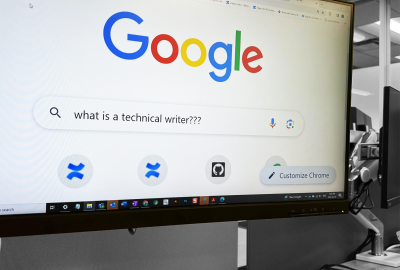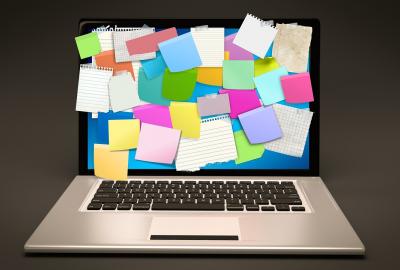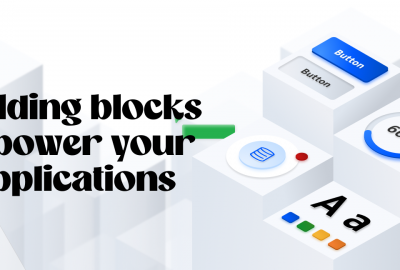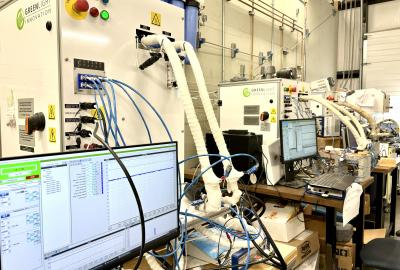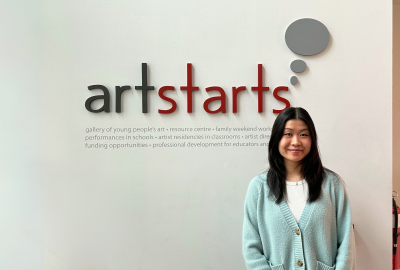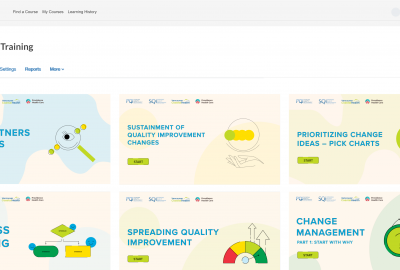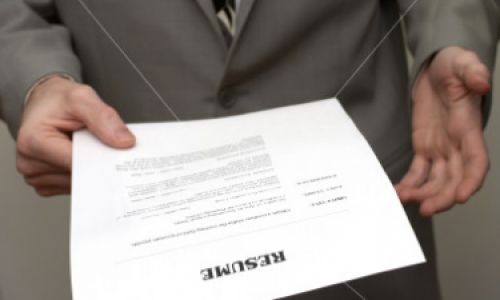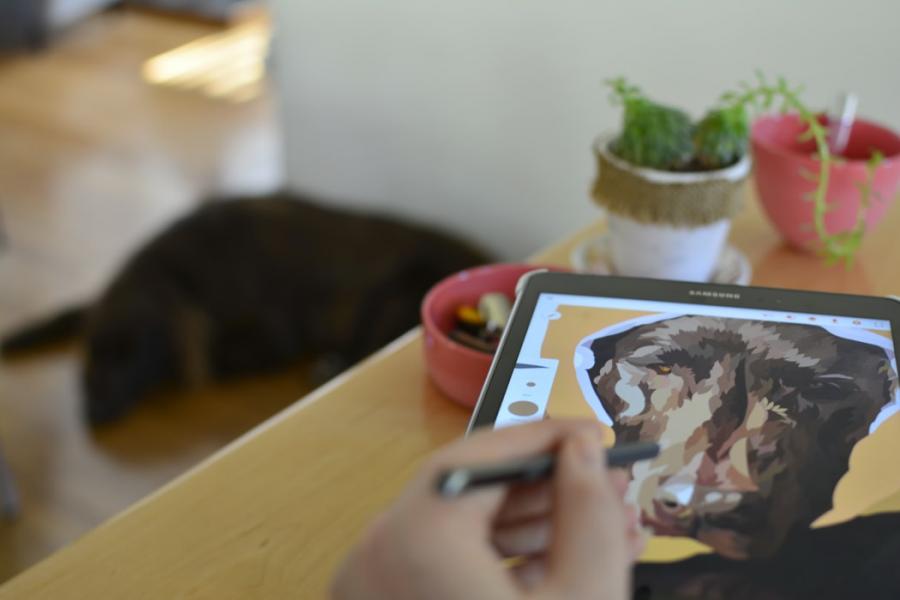
By now, you’ve probably heard a lot about uber-creative resumes landing job seekers their dream job – or at least garnering them some online attention. I’ve written about them myself. It’s easy to feel like the only way to land a decent job now is to launch a full out online assault, complete with a perfectly designed visual resume and matching pens, t-shirts, and cupcakes. Is a simple, but informative PDF, word doc, or –gasp- paper resume even relevant anymore?
Never fear job seeker, odds are that for the vast majority of jobs you’ll be applying to, a well written and properly formatted resume and cover letter can still be enough to land you that elusive interview.
Super creative and visual resumes are useful for a number of things: grabbing the attention of a specific employer and in careers that require similar skill sets as you would use when creating this visual masterpiece. This includes graphic design, PR, marketing, journalism, advertising, sales, and web design. All professions where creativity is highly valued and where your creative efforts can be directly applied to the job.
In other industries not only will your creative resume not be appreciated, but it could also actually hurt your chances. Professions such as teaching often have very specific application requirements, not of which leave room for your colourful infographic. In other industries such as law, medicine, or finance, it simply won’t be seen as very professional. Hands-on jobs such as those in construction or oil also care more about specific trade skills, rather than fancy graphics.
Even among jobs that desire some creative spark, many companies use applicant screening systems, which scan your resume for keywords. If your resume is all image-based, the system may not be able to read your text. In this case, you may want to submit a more traditional resume and include a link to your more creative effort online or bring it with you to the interview.
Helpful Tips
-
Your funky infographic may not be as original as you think it is. By now, Facebook has seen plenty of applications designed as a profile page. Your substance will still beat your style.
-
Don’t ditch your traditional resume. They’re still the best thing to submit when applicant screening systems are used, and they can usually go into more detail than a visual one can.
-
Make it good. If graphic design is not one of your strengths than you may want to reconsider a heavily designed resume. Unless you have the skills you make it look professional, you should stick to a simpler format.
-
Less can be more. Even with a more traditional resume, you can still add creative touches by designing headers or logos.
-
Don’t use services or templates. The main point of creating a fun and creative looking resume is to showcase the kind of design you’re capable of, and the creativity you’re able to apply to your work. If someone else creates it for you, it kind of defeats the point, and could lead to some awkward questions in the interview.
Beyond the Blog
-
Resume designed as an Amazon product page
-
A woman’s Vine resume lands her the job

